Customer Lifetime Value: Formula & 5 Tips to Increase Yours (2025)
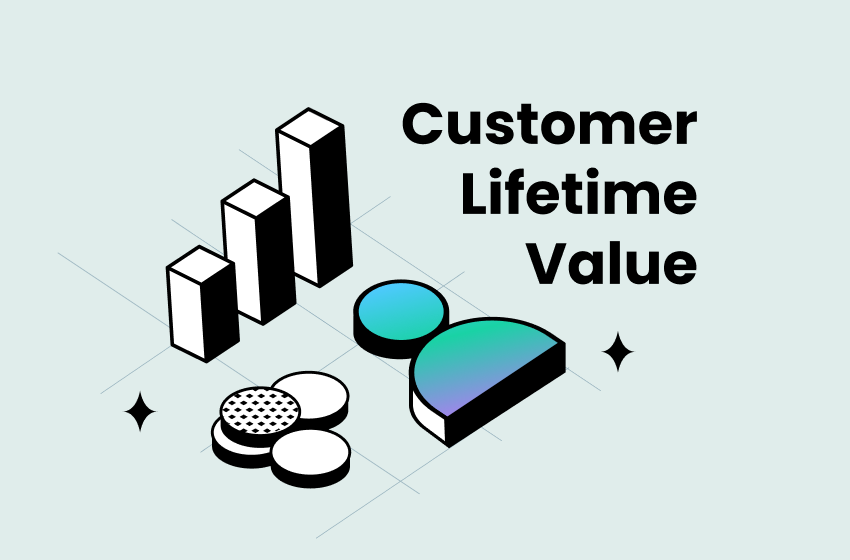
Understanding the value of your customers is essential for making informed business decisions. You’ve invested time and effort in acquiring and retaining customers, but do you know how much they’re truly worth to your business?
This is where Customer Lifetime Value (CLV) comes into play. CLV is a crucial metric that helps businesses estimate the total revenue a customer generates throughout their relationship with a company. By calculating CLV, businesses can refine their customer acquisition strategies, enhance retention, and maximize profitability.
In this guide, we’ll cover:
- What CLV is and why it matters for eCommerce stores
- The key differences between CLV and Lifetime Value (LTV)
- How to calculate CLV effectively
- Best strategies to increase CLV
What Is Customer Lifetime Value (CLV)?
Customer Lifetime Value (CLV) represents the total revenue a business expects to earn from a customer during their entire relationship with the company. It provides insights into long-term customer profitability and helps businesses prioritize high-value customers.
For example, imagine you run a subscription-based coffee service:
- A customer subscribes to a $20/month plan.
- They stay subscribed for an average of 24 months.
- Their CLV = $20 x 24 = $480.
By analyzing CLV, businesses can determine which customers contribute the most to revenue and tailor marketing strategies accordingly.
It helps you identify the customers who are most valuable to your online business, so you can focus on retaining them and providing them with excellent service.
What Is The Difference Between CLV And LTV?
While CLV and Lifetime Value (LTV) are often used interchangeably, they have distinct meanings:
- CLV focuses on individual customers, considering purchase frequency, retention, and spending habits.
- LTV applies more broadly to products, brands, or customer segments, assessing overall lifetime revenue potential.
Understanding both metrics helps businesses optimize retention strategies and allocate resources effectively.
Importance Of Customer Lifetime Value
Tracking CLV is critical for businesses looking to drive sustainable growth. Here’s why:
- Improves customer acquisition: Helps identify high-value customers to refine targeting strategies.
- Enhances retention efforts: Enables businesses to nurture relationships with their most valuable customers.
- Increases profitability: Encourages businesses to invest in customer experience, leading to repeat purchases and referrals.
- Optimizes resource allocation: Guides decision-making on marketing spend, loyalty programs, and service improvements.
Note: Understanding CLV is just one piece of the puzzle—profit margins play a major role in determining actual business success. Use our free Profit Margin Calculator to see how much of your revenue is turning into profit.
How to Calculate Customer Lifetime Value?
Manual method
There are multiple ways to calculate CLV, but the simplest formula is:
Let's break down each of these components:
- Average Order Value (AOV): The average amount a customer spends per purchase. Calculate this by dividing total revenue by the number of transactions within a specific period.
- Number of Repeat Transactions: The average number of times a customer buys from you over their lifetime. Estimate this using historical retention data or customer surveys.
- Average Retention Time: The typical duration a customer remains active with your business. Determine this by analyzing past retention trends or survey responses.
Once you have these values, plug them into the CLV formula to estimate each customer's lifetime value.
While CLV provides a broad view of long-term revenue potential, it’s equally important to analyze whether each customer segment is actually profitable. To learn how, check out our article on customer profitability analysis.
Automating CLV Calculation
Manually calculating CLV can be time-consuming, especially for businesses with high transaction volumes. Fortunately, TrueProfit automates this process, offering real-time insights into customer behavior and profitability.
Unlike manual spreadsheets, TrueProfit simplifies CLV calculations by factoring in purchase frequency, order value, and acquisition costs—giving you a clear picture of each customer’s impact on your bottom line. Plus, with detailed analytics on customer engagement and retention, businesses can make data-driven decisions to maximize growth.
How to Calculate CLV with TrueProfit:
- Sign up & connect TrueProfit to your Shopify store.
- Input key values like COGS, shipping, and ad spend.
- Let the app analyze customer data to calculate CLV.
- Review insights on customer behavior and retention.
With TrueProfit handling the calculations, businesses save time, reduce manual work, and gain actionable insights—all in a user-friendly dashboard.
Customer Lifetime Value Examples
Here’s how top brands maximize customer lifetime value:
Real-Life CLV Success Stories:
- Starbucks: A loyal customer generates an estimated $14,000 in lifetime value—nearly three times that of an occasional visitor—thanks to frequent visits and higher spending.
- Amazon: With an average CLV of $1,400, Amazon benefits from repeat purchases, larger order sizes, and Prime memberships.
- Zappos: Prioritizing exceptional service, Zappos sees 75% higher CLV from loyal customers, driven by repeat purchases and referrals.
These examples highlight the power of customer loyalty. By tracking CLV, enhancing the customer experience, and fostering strong relationships, businesses can boost retention and drive long-term growth.
Note: A high CLV doesn’t always mean higher profits. It’s crucial to consider whether your revenue growth translates into actual profitability. Learn more about the key differences between Revenue Growth vs. Profit Growth and how they impact your bottom line.
6 Tips to Increase Customer Lifetime Value
Understanding successful CLV examples is valuable, but applying best practices in your own business is even more crucial. By adopting these strategies, you can gain insights into customer behavior, optimize marketing efforts, and drive long-term growth.
6 Tips to Boost CLV:
- Enhance Customer Experience: Deliver personalized interactions, fast service, and quick issue resolution to build loyalty.
- Implement Loyalty Programs: Reward repeat purchases with discounts, points, or exclusive perks.
- Leverage Upselling & Cross-Selling: Encourage additional purchases by offering higher-value or complementary products.
- Drive Referrals: Incentivize word-of-mouth marketing through referral programs.
- Analyze Customer Data: Use purchase history, feedback, and engagement metrics to refine strategies.
- Enhance Customer Experience: Deliver personalized interactions, fast service, and quick issue resolution to build loyalty. Streamlining ecommerce customer support across channels—using tools like eDesk—can help ensure faster response times and more consistent service.
By integrating these best practices, businesses can strengthen customer relationships, increase CLV, and sustain long-term success.
Final Words
Understanding CLV is critical to your store’s success. But calculating and tracking them manually? That’s time-consuming and prone to errors.
With TrueProfit, you can instantly access all your essential metrics in one place - no spreadsheets, no stress. Join thousands of Shopify merchants who have unlocked a clearer view of their net profit with our real-time profit tracking solution.
See what proper profit-tracking looks like at trueprofit.io
Tracy is a senior content executive at TrueProfit – specializing in helping eCommerce businesses scale profitably through content. She has over 4 years of experience in eCommerce and digital marketing editorial writing. She develops high-impact content that helps thousands of Shopify merchants make data-driven, profit-focused decisions.





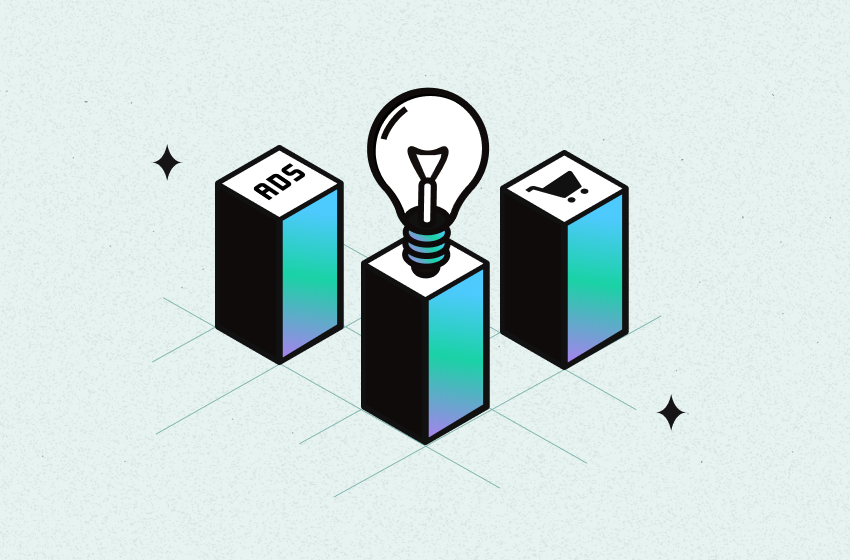
![Multi-Touch Attribution and Models: A Complete Guide [2025]](https://be.trueprofit.io/uploads/Multi-Touch-Attribution.png)
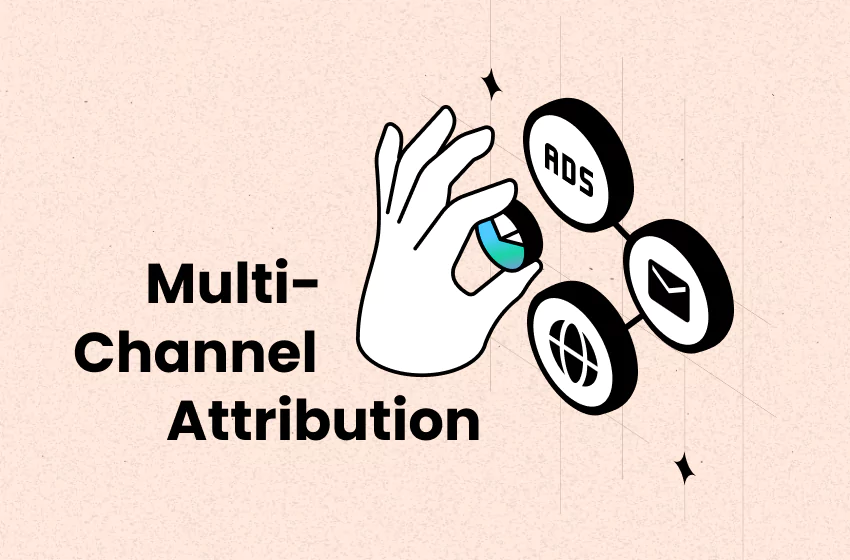
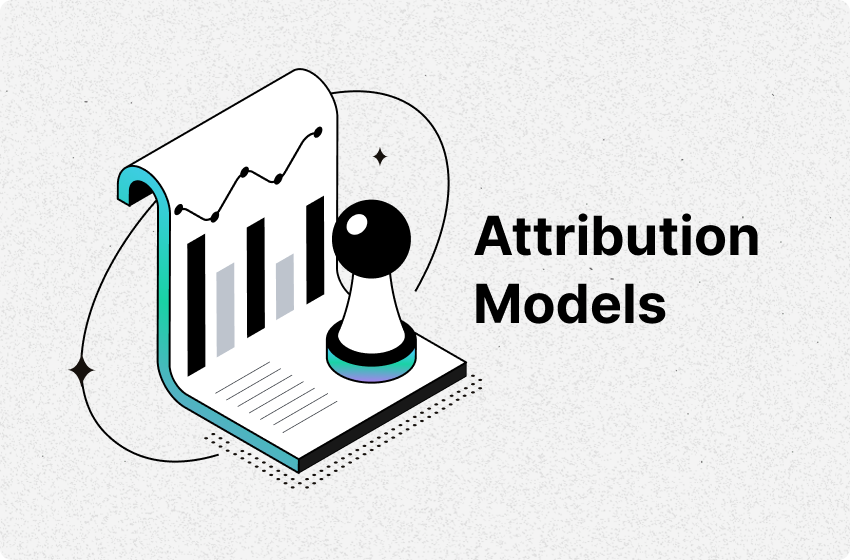
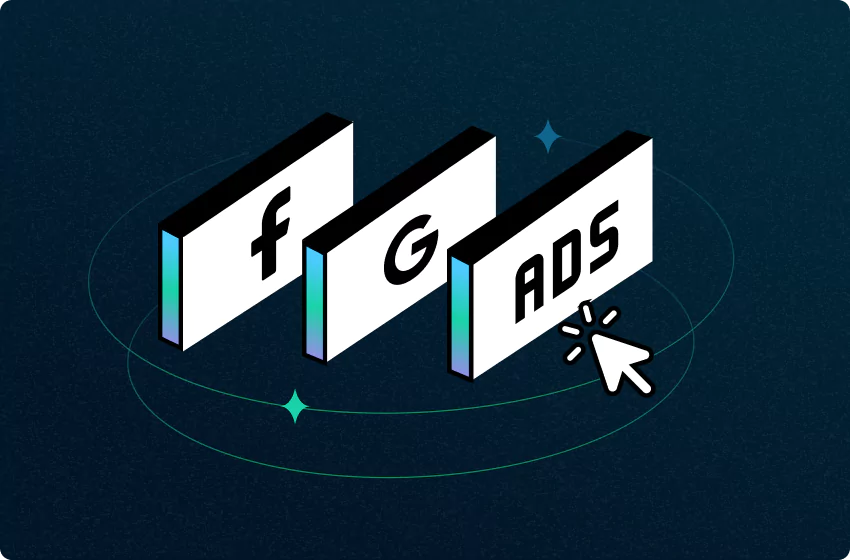
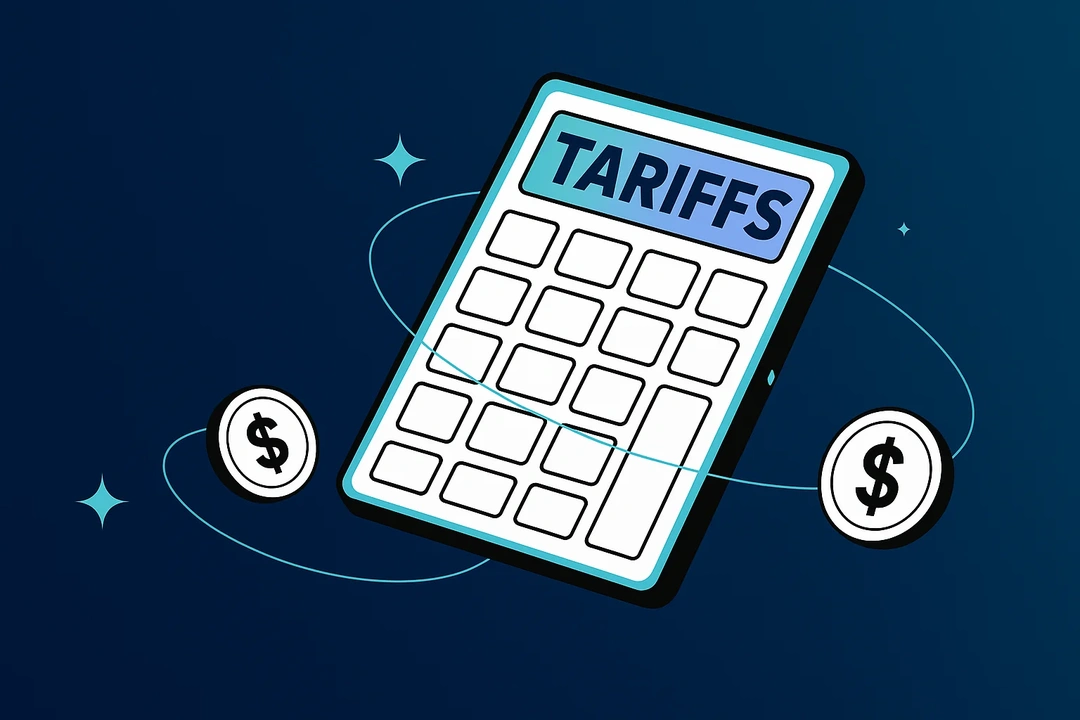
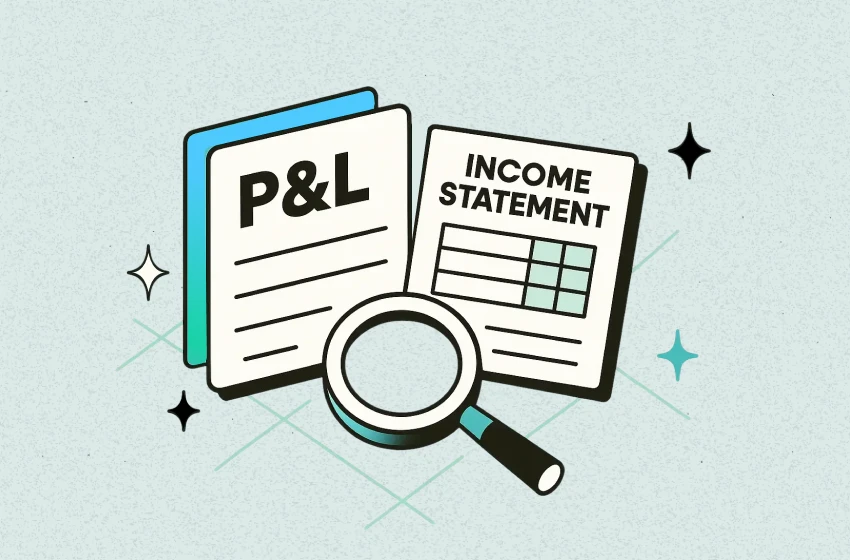
 Shopify profits
Shopify profits

